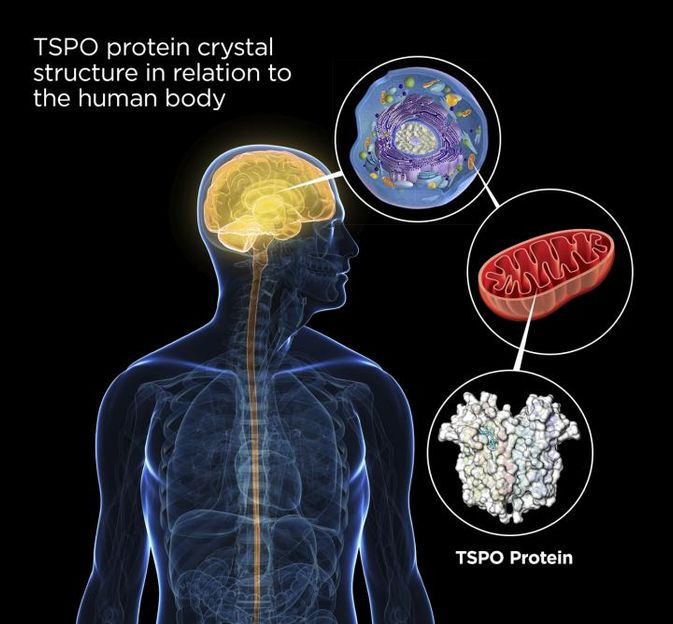New technique for testing drugs to treat cystic fibrosis and epilepsy
Researchers from the University of Southampton, in collaboration with researchers at the University of Quebec at Montreal, have developed a new microsystem for more efficient testing of pharmaceutical drugs to treat diseases such as cystic fibrosis, MG (myasthenia gravis) and epilepsy.
A large percentage of pharmaceutical drugs target ion channels, which are proteins found in a cell's membrane, that play a pivotal role in these serious disorders and that are used to test the effectiveness of new drugs.
Ion channels create tiny openings in the membrane for specific ions (atoms that are positively or negatively charged) to pass through.
Currently researchers use electrophysiology, which measures an electric current through ion channel proteins, to evaluate the effectiveness of drugs on ion channels.
However, this can be a slow and expensive process as it is typically carried out using ion channels in living cell membranes.
Now, Southampton researchers have been able to produce an ion channel without using cells, which is possible with so-called cell-free expression mixtures, and to insert the channels in a stable artificial cell membrane which should enable faster, less expensive drug testing. The key is that the cell-free expression mixture, which is known to destabilise these membranes, can actually help with incorporating the produced channels into a membrane between two microdroplets.
This combination of molecular biology and microtechnology transformed the conventional multi-day, multi-step single ion-channel electrophysiology method into a quick and economical process.
"By putting the ion channel into an artificial membrane, we only have one type of channel, no living cells and a relatively inexpensive method for testing for several of these types of channels at once," says lead author of the study Dr Maurits de Planque of the Nano Research Group in Electronics and Computer Science at the University of Southampton.
"Researchers have experimented with cell-free mixtures before, but they found that this method was not economical due to the amount of expensive biochemicals required," adds Dr de Planque. "Our proposal to develop a new platform, which uses a couple of microlitres instead of millilitres, will be a very cost-effective way of doing this, particularly when the produced channel is directly inserted in a membrane for drug testing."
Study co-author, Biological Sciences lecturer Dr Philip Williamson, from the University's Institute for Life Sciences, says: "This new technology opens up avenues for drug screening, identifying new leads and identifying off target effects. Off target effects are a major complication in the development of new drugs, and many are withdrawn from late stage clinical trials due to cardiotoxic effects arising from the inhibition of the hERG voltage gated ion channel in the heart. The hERG channel coordinates cardiac rhythm and the availability of cheap and reliable assays to identify these interactions early will help streamline the drug discovery process."
Most read news
Organizations
Other news from the department science

Get the analytics and lab tech industry in your inbox
By submitting this form you agree that LUMITOS AG will send you the newsletter(s) selected above by email. Your data will not be passed on to third parties. Your data will be stored and processed in accordance with our data protection regulations. LUMITOS may contact you by email for the purpose of advertising or market and opinion surveys. You can revoke your consent at any time without giving reasons to LUMITOS AG, Ernst-Augustin-Str. 2, 12489 Berlin, Germany or by e-mail at revoke@lumitos.com with effect for the future. In addition, each email contains a link to unsubscribe from the corresponding newsletter.
More news from our other portals
Last viewed contents

First-ever view of protein structure may lead to better anxiety drugs

New nanochemistry technique encases single molecules in microdroplets



























































